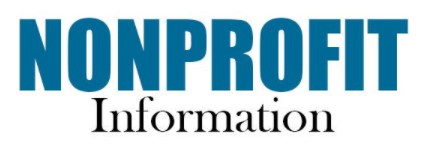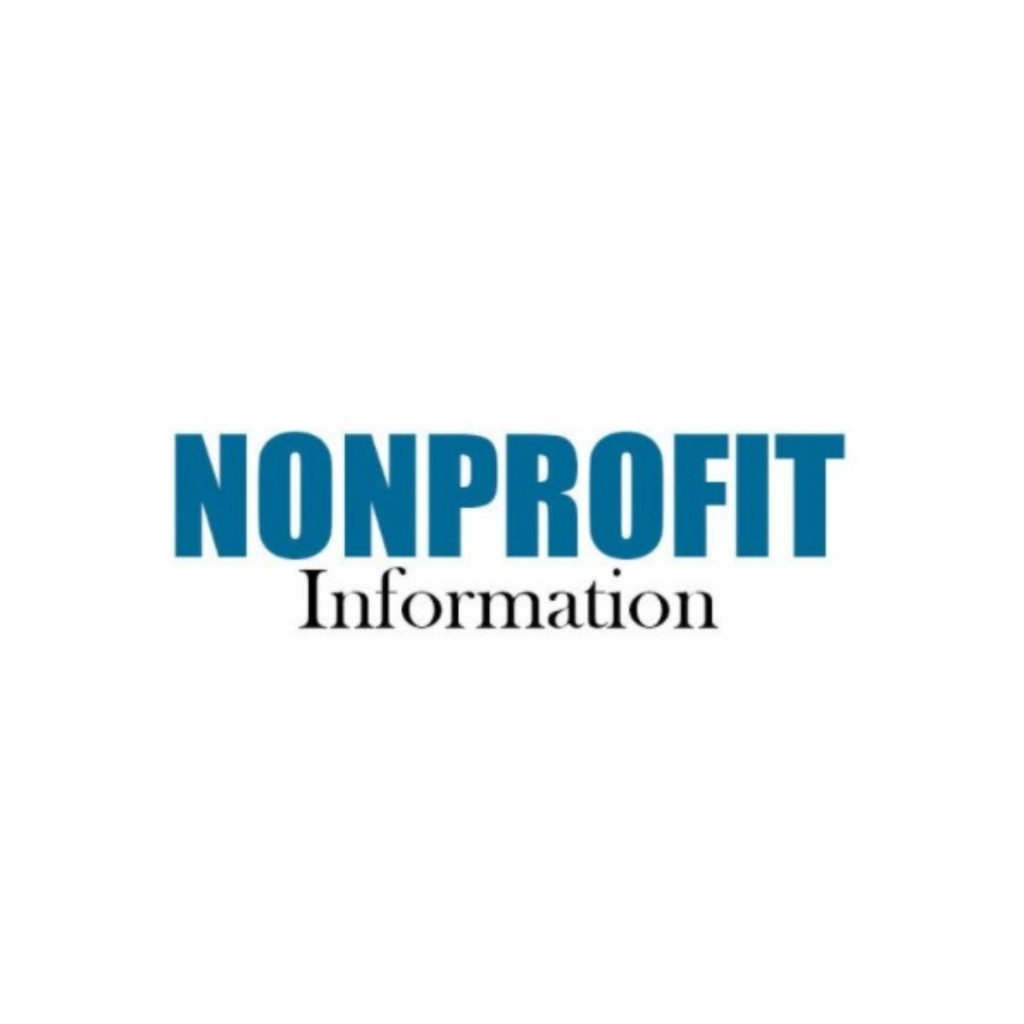 Culhane Meadows’ Philadelphia partner Sekou Campbell recently authored an article for Nonprofit Information about managing nonprofit board members’ real estate transaction conflicts.
Culhane Meadows’ Philadelphia partner Sekou Campbell recently authored an article for Nonprofit Information about managing nonprofit board members’ real estate transaction conflicts.
Here is the article:
Nonprofits often exist in a dynamic environment of shifting goals, priorities, external conditions, and constituent needs. Despite the fact that well-governed nonprofits prepare themselves for an ever-changing world, 2020 has tested the limits of the most stable entities throughout the country with a pandemic, massive unemployment, ever-changing equity and debt arrangements, and, in part the focus of this article, massive shifts in land use. Smaller and midsized nonprofits face these challenges even more acutely. However, this 2020 dynamism also offers new opportunities for nonprofits. At this time, then, charitable organizations, and more specifically, board members of such entities, should consider their responsibility to ensure they avoid conflicts of interest as they entertain creative solutions to their 2020 challenges.
This article will focus on how board members should pay close attention to their role in real estate transactions where conflicts may arise. First, organizations should understand the nature and scope of its board’s fiduciary duties. Second, they should understand the nature of the specific real estate transaction contemplated. Third, entities and their boards should identify whether and where conflicts exist by memorializing an articulation of their process for doing so. Fourth, nonprofits should document their method of minimizing those conflicts and ensuring compliance with applicable laws, customs and traditions, and regulations. Hopefully, following these four steps will not only help charities to properly close significant transactions but also strengthen their governance in the process.
The Nature and Scope of Fiduciary Duty
When serving on a board, members should learn about their duty to the organization and its constituents and continue to update their understanding throughout their term. Most discussions of fiduciary duty start with renowned Judge Benjamin N. Cardozo’s opinion in the landmark case Meinhard v. Salmon, 164 N.E. 545, 546 (N.Y. 1928):
A trustee is held to something stricter than the morals of the marketplace. Not honesty alone, but the punctilio of an honor the most sensitive, is then the standard of behavior.
Meaning transactions between individuals who owe a fiduciary duty either to each other or one to the other are not “arms-length” transactions but rather “insider” or “related” transactions in nonprofits. Therefore, fiduciaries must understand the various duties they owe in this context: (1) duty of care; (2) duty of loyalty; (3) duty of good faith and fair dealing; and (4) duty of obedience. These duties function interdependently, meaning the duty of care primarily concerns itself with the reception of the requisite amount of information in order to make decisions that a reasonably prudent director would make. In short, a board member cannot satisfy its fiduciary duties by ignoring important facts relevant to the organization. Having the requisite knowledge then impacts how a board member fulfills its duty of loyalty because it imposes on the board member the duty to act in the best interest of the organization irrespective of the board member’s personal interest. Sometimes, scholars and cases incorporate the duty of good faith and fair dealing into the duties of care and loyalty. Generally, the duty of good faith takes into account the fiduciary’s subjective understanding of a particular transaction. “Good” faith does not just mean the absence of bad faith but rather encompasses a higher duty to make decisions in the best interests of the organization. Related to the duty of good faith, the obedience duty requires fidelity from the board member to the mission of the nonprofit. In this context, we will look at important considerations for real estate transactions and how these duties play out in board decision-making processes.
Requisite Information Necessary for Real Estate Transactions
With respect to their duty of care, the board member should consider what information they need for a decision relating to a real estate transaction. The information collection requires a review of a board member’s own financial and familial interests, the identity of all “interested” parties, and any necessary incidental transactions.
A board member must identify their own ownership interests and those of close family members, who, if involved, would constitute “interested” parties. A board member cannot excuse failure to disclose such conflicts based on a simple lack of knowledge without proper diligence. Most statutes focus on “full disclosure” of conflicts when considering whether a particular transaction is voidable (capable of invalidation). However, if a board member does not investigate and disclose either their own or close family interests to the board, such disclosures will not have been made and the entire transaction could be threatened, or worse, the organization could lose its charitable status.
Related to the identity of a board member’s ownership interest, boards must investigate the identity of the entities involved in the real estate transaction. These terms may vary depending on the type of transaction involved. Questions to investigate include: (1) what entities are involved in financing the transaction? (2) What affiliates, subsidiaries or parents own the entity involved in the transaction? (3) What natural persons advised, consulted, or otherwise have a relationship directly involved in the transaction? If either the board member or a close family relationship has an interest in any of the identified entities, the interested board member should disclose these facts to the board.
Finally, the board should also consider important incidental aspects to the transaction. For example, does the transaction involve historic preservation, environmentally sustainable improvements, or other special expertise that may implicate board members during the completion of the project? If so, the board should disclose and memorialize such conflicts.
Memorialization of Conflicts
Once the board has identified and disclosed those conflicts, they should memorialize them through both meeting minutes and requisite corporate resolutions when necessary. The board must identify which members of the board are disinterested and which are not and ensure that, when relevant, deliberations are held separate from the interested board members and that a majority of disinterested board members approve the relevant transaction. The board should memorialize the process and use it consistently.
Generally, the process should have three steps, a fact-finding step, wherein the organization and its board members locate the conflicts; disclose and memorialize those conflicts; and agree upon the implementation of deliberation and decision-making processes wherein the conflicted board members do not have influence on the organization’s decisions. Preferably in the corporate bylaws, organizations have implemented such conflict of interest policies long before the discovery of a conflict.
Conflict Mitigation
To minimize conflicts, nonprofits need to demonstrate two important items: (1) disclosure and proper safeguards from interested directors (as discussed above) and (2) fairness to the corporation. With respect to the second item, corporations use a variety of ways to demonstrate fairness, but generally, courts look for the payment of “market rates.” If the transaction is the acquisition of real estate, that can mean a proper appraisal. If it pertains to services related to a piece of real estate, it could mean a bidding process. If board members anticipate a conflict, they can decide between an open, blind, or double-blind bidding process to mitigate potential conflicts. At bottom, however, the board should try to have systems for mitigating conflicts long before they are even anticipated.
Conclusion
While the world has only gotten more dynamic particularly when it comes to real estate in the nonprofit sector, these general considerations should help boards make decisions in a compliant and well-governed manner. Board members should think first and foremost of their fiduciary duties and implement decisions in a manner that documents and honors those duties through clear and effective procedures that provide fairness to their corporate beneficiaries.
For downloadable PDF version of the article, click HERE.
About Culhane Meadows – Big Law for the New Economy®
The largest woman-owned national full-service business law firm in the U.S., Culhane Meadows fields over 70 partners in ten major markets across the country. Uniquely structured, the firm’s Disruptive Law® business model gives attorneys greater work-life flexibility while delivering outstanding, partner-level legal services to major corporations and emerging companies across industry sectors more efficiently and cost-effectively than conventional law firms. Clients enjoy exceptional and highly-efficient legal services provided exclusively by partner-level attorneys with significant experience and training from large law firms or in-house legal departments of respected corporations. U.S. News & World Report has named Culhane Meadows among the country’s “Best Law Firms” in its 2014 through 2020 rankings and many of the firm’s partners are regularly recognized in Chambers, Super Lawyers, Best Lawyers and Martindale-Hubbell Peer Reviews.
The foregoing content is for informational purposes only and should not be relied upon as legal advice. Federal, state, and local laws can change rapidly and, therefore, this content may become obsolete or outdated. Please consult with an attorney of your choice to ensure you obtain the most current and accurate counsel about your particular situation.












